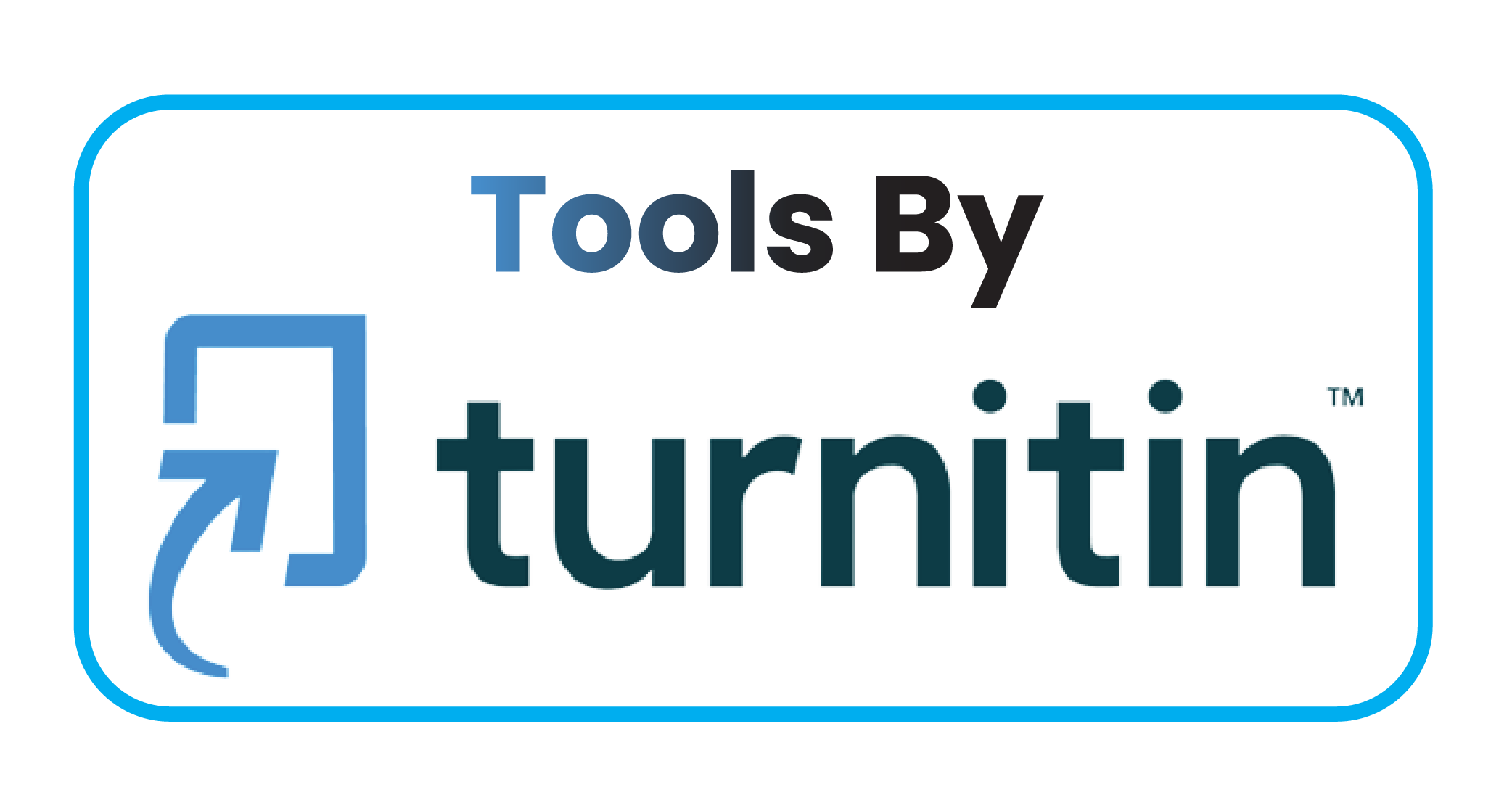Analysis of Code Switching on Cinta Laura Kiehl in Iwil Network Youtube Channel Video
DOI:
https://doi.org/10.59888/ajosh.v2i6.254Keywords:
code switching;, types of code switching;, cinta laura kiehlAbstract
The study, "An Analysis of Code Switching on Cinta Laura Kiehl in Iwil Network YouTube Channel Video," focused on two main issues: types and reasons for code switching. Utilizing Poplack's (1980) and Grosjean's (1981) theories, it employed a qualitative approach. Data collection involved downloading the video, watching the podcast, reading the script, and identifying instances of code switching. A total of 144 instances were found, categorized into 21 Tag Switching, 91 Inter-Sentential, and 32 Intra-Sentential occurrences. Reasons for code switching included Fill a Linguistics Need for Lexical Item, Set Phrase, Discourse Maker, or Sentence Filler (72 instances), Continued The Last Language Used (52 instances), and others such as Quoting Someone (1 instance), Specify Address (3 instances), and Conveying Confidentiality, Anger, and Annoyance (4 instances). These findings contribute to understanding the intricacies of code switching in the context of Cinta Laura Kiehl's videos on the Iwil Network YouTube channel.
References
Akib, M. (2016). Pendekatan Ilmu Komunikasi Modern Sebuah Metodologi Tafsir Al-Qur’an Kontemporer. Institut PTIQ Jakarta.
Dewi, A. C., Muchdy, A. J. L., Mael, V. K. S., Sumardi, M. E., December, Y. W., & Nadil, A. A. (2023). Peran Bahasa Indonesia Dalam Pembentukan Identitas Nasional. Argopuro: Jurnal Multidisiplin Ilmu Bahasa, 1(3), 11–20. https://doi.org/10.6734/argopuro.v1i3.865
Indar, M. I. (2022). Pergeseran Bahasa Makassar Pada Kalangan Remaja Di Kabupaten Gowa Kajian Sosiolinguistik= Makassar Language Shift Among Adolescents In Gowa District Sociolinguistic Study. Universitas Hasanuddin.
Irrohman, A. T., & Rokhman, F. (2021). Sosiolinguistics Alih Kode dan Campur Kode dalam Ceramah Habib Umar Al-Muthohhar. Jurnal Sastra Indonesia, 10(1), 51–58.
Maheswara, M. R. S. (2022). Analysis of Code-Switching and Code-Mixing Used in Rintik Sedu Youtube Channel’s Video. PRASASTI: Journal of Linguistics, 7(2), 173–180. https://doi.org/10.20961/prasasti.v7i2.58890
Manaf, E. Y. (2021). Alih Kode Dan Campur Kode Bahasa Wolio Ke Dalam Bahasa Indonesia Di Satuan Kerja Perangkat Daerah Kota Baubau. Universitas Hasanuddin.
Mantra, I. B. N. (2017). Esensi Pembelajaran Bahasa Inggris. Bali: Pustaka Ekspresi.
Nasrullah, R. (2019). Teori dan riset khalayak media. Prenada Media.
Nuryani, N., Isnaniah, S., & Eliya, I. (2014). Sosiolinguistik dalam pengajaran bahasa berbasis multikultural: teori dan praktik penelitian. In Media.
Siregar, I., & Sosrohadi, S. (2021). Analysis of code mixing in Jerome Polin's YouTube content “Nihongo mantappu.” International Journal of Linguistics, Literature and Translation, 4(12), 1–8.
Sufanti, M. (2014). Penyisipan Teks Sastra dalam Pembelajaran Teks Nonsastra sebagai Upaya Peningkatan Gairah Bersastra. Prosiding Pertemuan Ilmiah Bahasa Dan Sastra Indonesia (PIBSI), 36, 577–583.
Sukrisna, A. (2019). An analysis of using code mixing on Atta Halilintar’s video YouTube channel. UIN Raden Intan Lampung.
Published
Issue
Section
License
Copyright (c) 2024 Fernanda Patricia Lestuny, Gede Irwandika

This work is licensed under a Creative Commons Attribution-ShareAlike 4.0 International License.
Authors who publish with this journal agree to the following terms:
- Authors retain copyright and grant the journal right of first publication with the work simultaneously licensed under a Creative Commons Attribution-ShareAlike 4.0 International. that allows others to share the work with an acknowledgement of the work's authorship and initial publication in this journal.
- Authors are able to enter into separate, additional contractual arrangements for the non-exclusive distribution of the journal's published version of the work (e.g., post it to an institutional repository or publish it in a book), with an acknowledgement of its initial publication in this journal.
- Authors are permitted and encouraged to post their work online (e.g., in institutional repositories or on their website) prior to and during the submission process, as it can lead to productive exchanges, as well as earlier and greater citation of published work.










